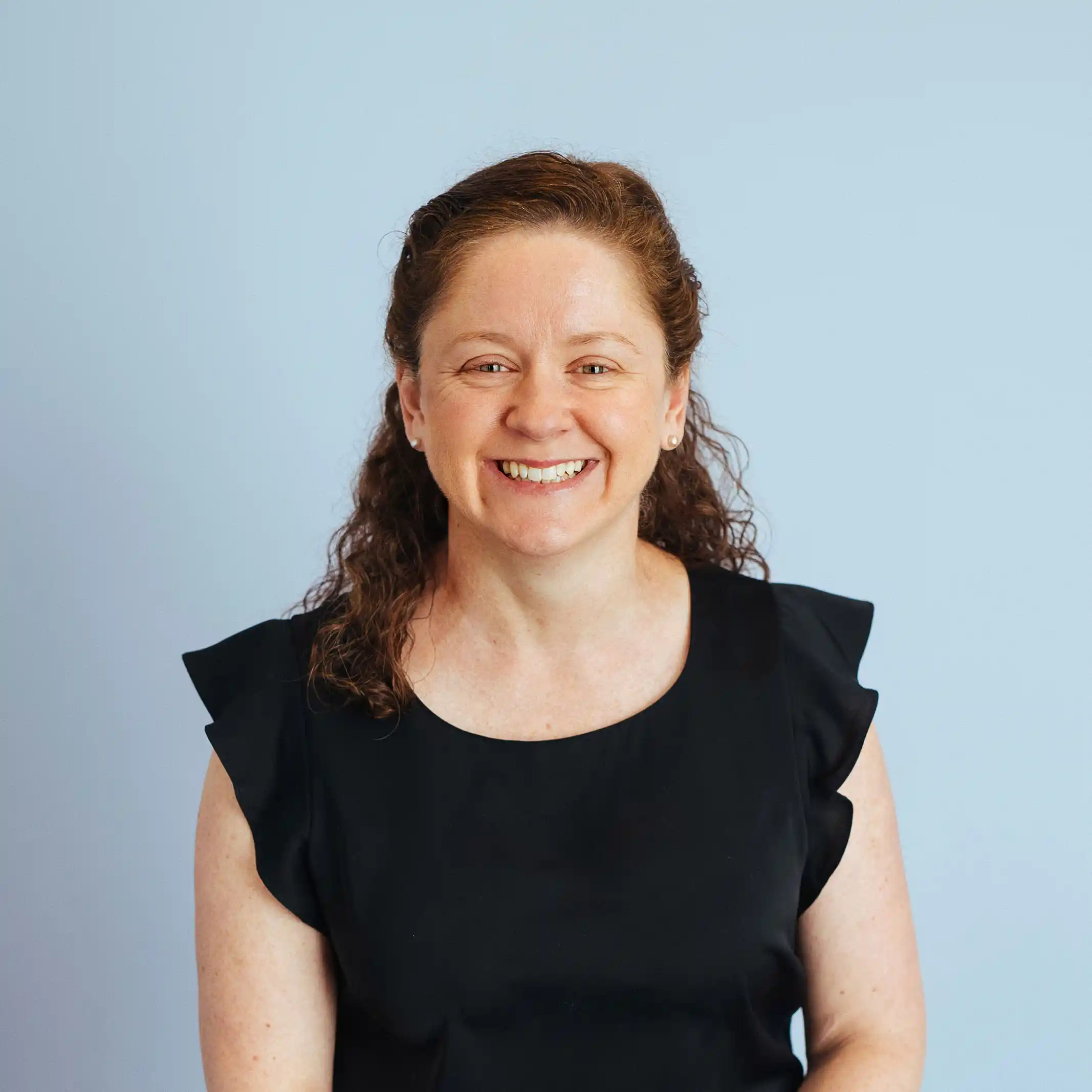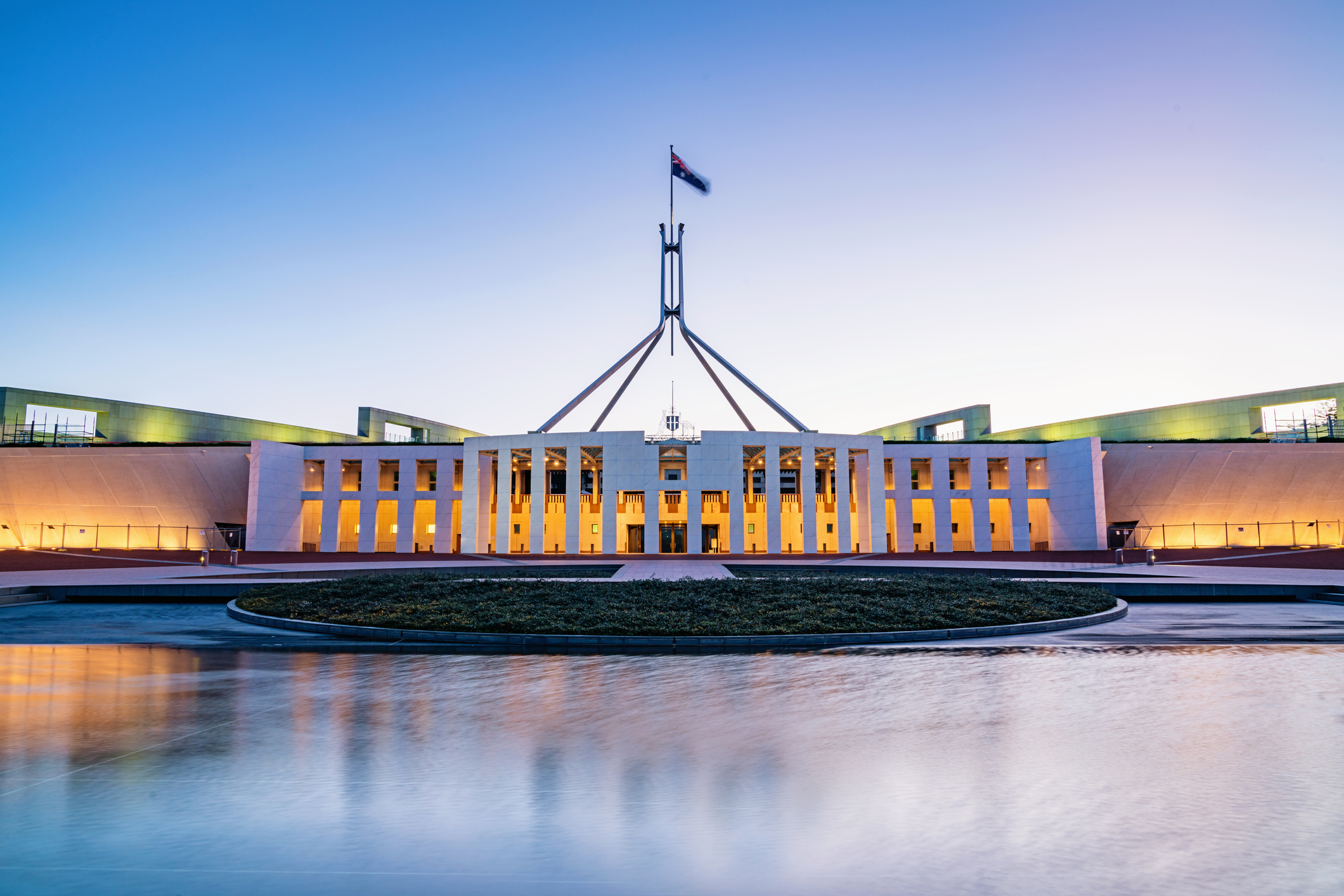
Lyn Formica
Head of Education & Content
Every year when Budget time rolls around we hope and pray that the Government will finally relax the residency requirements for SMSFs. This year our wishes were granted but only in part.
To understand the magnitude of the Government’s proposed changes, it’s important to identify the problem they are trying to solve.
To qualify as a complying fund and be eligible for concessional tax treatment, all superannuation funds must meet a residency definition, which consists of three tests:
- the fund must either have been established in Australia or any asset of the fund must be situated in Australia, and
- the central management and control of the fund must ordinarily be in Australia, and
- the fund must pass an active member test.
All three of these tests must be met at all times.
The first test is relatively easy to satisfy. The other two tests are more difficult.
The central management and control test requires that the strategic and high level decision making of a fund is ordinarily in Australia. If the trustees of a fund (or the directors of the corporate trustee) are physically located overseas when making strategic and high level decisions, central management & control is – as a matter of fact – being exercised overseas.
However, the law requires only that central management and control is ordinarily in Australia. Central management and control could, at times, be exercised outside Australia provided that was temporary. What constitutes “temporary” is determined on a case by case basis but the law includes a “two year safe harbour rule”. Importantly though, calling this a safe harbour rule is probably a misnomer. It is not a blanket exemption allowing trustees to exercise control outside Australia for no more than two years. Instead, absences of more than two years may be acceptable provided they were always intended to be temporary (eg a two year secondment which was extended due to unforeseen delays may be allowed). Conversely, absences of less than two years may not be acceptable if the absence was never intended to be temporary (eg a planned indefinite departure from the country which ended up being only a 12 month absence due to a change in circumstances would not qualify).
Really the only value added by the reference to two years in the safe harbour rule is that it gives some clue as to the law makers’ views on what is a reasonable time frame to be considered temporary. It suggests that a temporary absence that is intended (up front) to be 10 years long is probably stretching the definition of temporary a little too far while giving comfort that two years is likely to be acceptable.
The third and final test is the active member test. The active member test requires that either:
- the fund has no active members (ie there is no one making or intending to make contributions or rollovers into the fund), or
- if there are active members, at least 50% of the balances of those active members belong to Australian tax residents.
Where the active member test is an issue, the usual solution is to stop having contributions made to the SMSF and instead direct them to a public offer fund, and avoid rolling over any balances into the SMSF until the members have returned to Australia and are once again Australian tax residents.
So what has the Government proposed?
The Government has proposed relaxing the residency requirements by:
- extending the central management and control safe harbour test from two years to five years, and
- removing the active member test altogether.
Both of these changes are proposed to take effect from the start of the first financial year after the changes receive Royal Assent, with the Government aiming for a 1 July 2022 start date.
The removal of the active member test is a welcome change. It will, for example, allow individuals who have arrived in Australia but are not yet Australian tax residents to set up an SMSF and rollover their balances from their public offer fund. Similarly, individuals who are no longer Australian tax residents won’t need to change their contribution arrangements and will be able to continue making contributions to their SMSF. It will be one less risk of tripping up by not thinking carefully enough about who is contributing and who is not – for example, we occasionally see cases where an adult child lives and works overseas (they are not Australian tax residents) and the parents (Australian tax residents) are retired and no longer making contributions. A contribution by the child would make him or her the only active member and hence make the fund non resident for everyone.
But in our view the Government’s proposed change to the central management and control test is not particularly helpful. The two year period in place at the moment is not really deserving of the description “safe harbour” as the trustee must still ensure the absence is temporary. Extending this to five years won’t make many of the murky situations any less grey. We would much prefer to see a bolder change. For example, make the five years a genuine safe harbour; regardless of whether the absence is intended to be temporary or long term, regardless of whether circumstances change over time, if central management and control is outside Australia for less than five years, the fund’s residency status is not challenged. Or keep the current greyness but provide an amnesty period; if the fund no longer meets the central management and control test, it has two years to fix that or wind up rather than immediately becoming non complying.
While we welcome any improvement in the residency rules, it would be an opportunity missed to only go half way.
To stay informed on changes to rules and legislation subscribe to our Super Companion. It's our go-to online resource and knowledge centre – we use it internally to support our staff as they navigate SMSF accounting and compliance for our clients. It's so good that we've opened it up for all – find out more and sign up here.
This article is for general information only. It does not constitute financial product advice and has been prepared without taking into account any individual’s personal objectives, situation or needs. It is not intended to be a complete summary of the issues and should not be relied upon without seeking advice specific to your circumstances.



